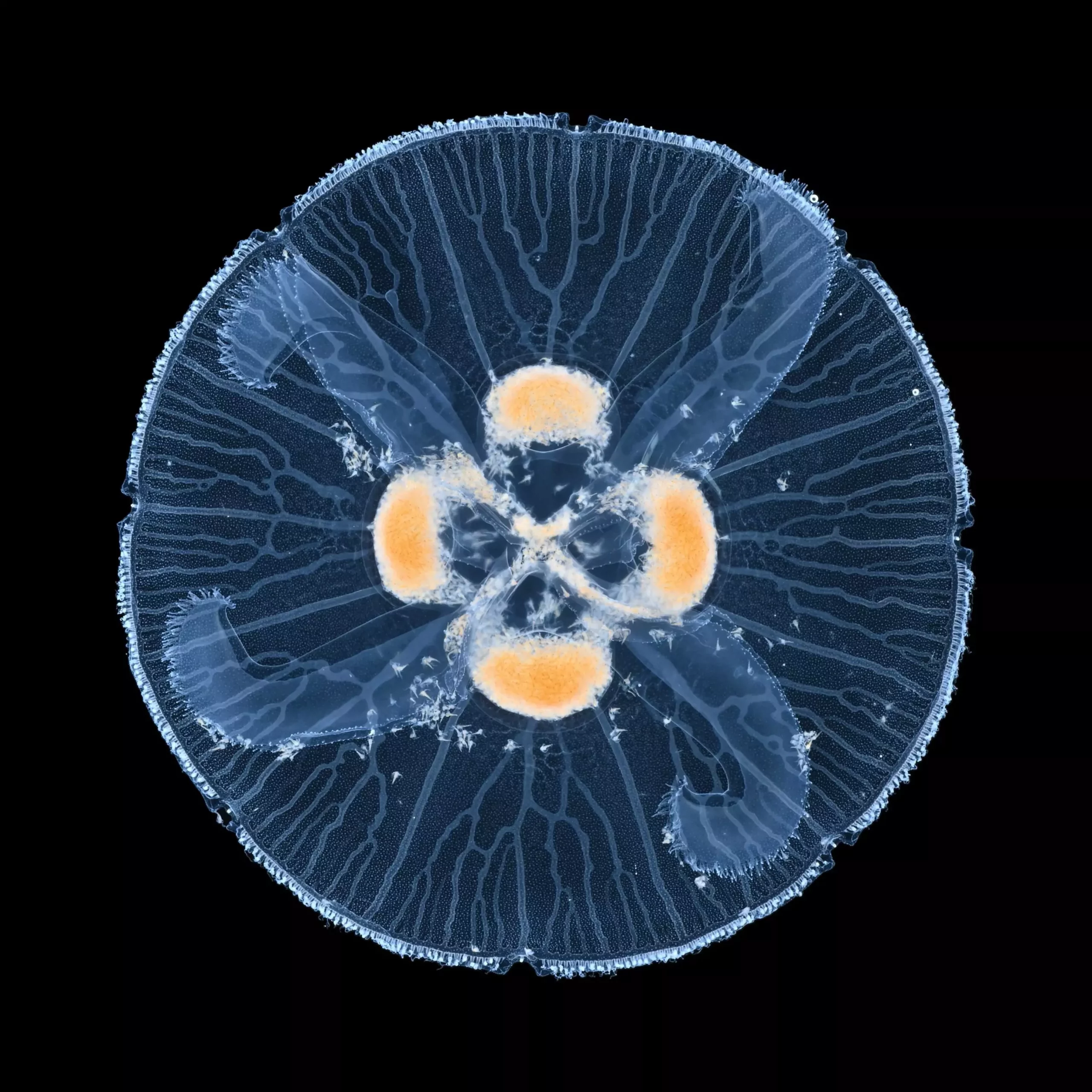Transport networks are intricate systems found in various forms throughout nature, from the vascular networks of organisms to electrical discharge networks during storms. The study of these networks offers valuable insights into the logistics of resource distribution, resilience to damage, and biological efficiency. Recently, an international team of researchers has shed light on an intriguing phenomenon within these networks: the spontaneous formation of loops, which are crucial for the stability and functionality of transport systems. Understanding how these loops emerge can have significant implications, opening windows to better designs in engineering, biology, and environmental science.
The researchers’ investigation revealed that loops arise under specific conditions, particularly when a branch of the transport network approaches the system’s boundary. This boundary effect transforms the branch interactions, leading previously repelling branches to become attractions—a pivotal transition that promotes the sudden formation of loops. These discoveries are not just academic; they resonate across a range of systems, such as biological structures like the canals of certain jellyfish, where nutrient transport occurs.
The formation of loops in transport networks introduces notable advantages. Networks with multiple loops present a significantly reduced vulnerability to damage. In conventional linear networks without loops, the failure of one branch can cause a cascading breakdown throughout the system. In contrast, looping networks maintain multiple pathways for resource distribution, ensuring continued functionality even when individual branches fail. This structural resilience can be seen in natural networks, such as the human circulatory system or the collaborative behaviors of ants forming feeding paths.
Understanding the mechanisms through which these loops form has long been a point of interest for researchers. Many transport networks grow in response to diffusive fields, such as chemical concentration gradients or electrical potentials. These networks often provide a lower resistance pathway compared to their surroundings, attracting flows within their branches. This interplay creates a competitive environment, where the inherent properties of the medium influence the network’s development.
Initially, the concept that a slight difference in resistance between the network and its environment could lead to attraction among growing branches was explored by a group of scientists from the University of Warsaw. Their research highlighted how minimal discrepancies in resistive properties could flip the dynamics from repulsion to attraction, fostering loop formation that adds complexity to the network structure. By identifying this crucial behavior, the researchers established a connection between fundamental physics and biological systems, underscoring the far-reaching implications of their findings.
The research effort drew upon collaboration across disciplines, combining insights from physics, biology, and mathematics. Lead author Stanislaw Żukowski, alongside colleagues from various institutions, emphasized that their observations extend beyond theoretical speculation, reflecting real phenomena happening in natural systems. One striking example lies in the gastrovascular network of the jellyfish Aurelia aurita. Here, the development of canal networks displays a clear dynamic: as one canal connects with the jellyfish’s stomach, adjoining shorter canals are drawn toward it, leading to loop formation.
Beyond biological models, these dynamics appear in other experimental setups, such as fluid mechanics and geophysics, demonstrating profound implications across a spectrum of scientific endeavors. For instance, similar behaviors have been noted in gypsum dissolution experiments and in electrical discharge phenomena, where instabilities trigger patterns akin to finger-like formations.
The research team proposed a comprehensive model to describe the interactions within transport networks, focusing specifically on the transitional behavior occurring near system boundaries. They concluded that attraction among branches, following a breakthrough event, emerges inherently—independent of the specific geometrical structure of the network or its resistive properties. This characteristic is particularly exciting as it suggests the universality of this phenomenon, posing new questions about other systems where loop formation may also occur.
As scientists delve deeper into the implications of loop dynamics, new opportunities arise for rethinking the design of man-made networks. From urban planning to infrastructural resilience, the learnings from natural systems inform better strategies to mitigate risks associated with system failures, whether due to natural disasters or human-induced stresses.
The study of transport networks and their loop-forming abilities unravels complex dynamics that resonate beyond the scope of academia. It encourages interdisciplinary approaches and sheds light on the underlying principles that govern many natural phenomena. As researchers continue to map these interactions and expand upon their discoveries, we anticipate emerging breakthroughs that will not only enhance scientific understanding but also transform practical applications across diverse fields, paving the way for innovative solutions to contemporary challenges. The journey into understanding transport networks has only just begun, and the potential remains vast.


Leave a Reply
You must be logged in to post a comment.